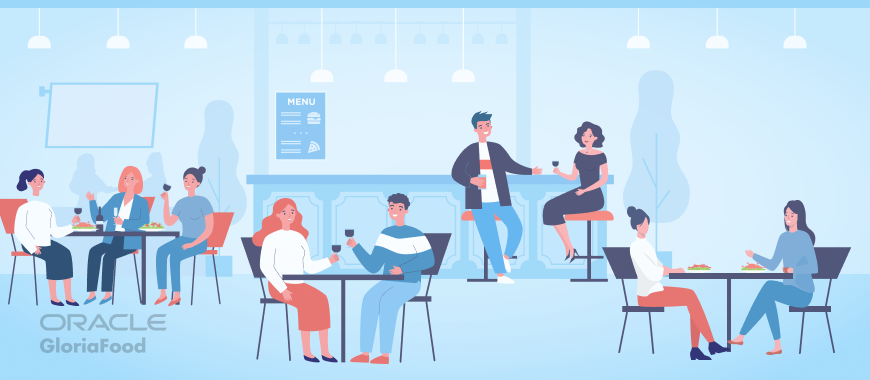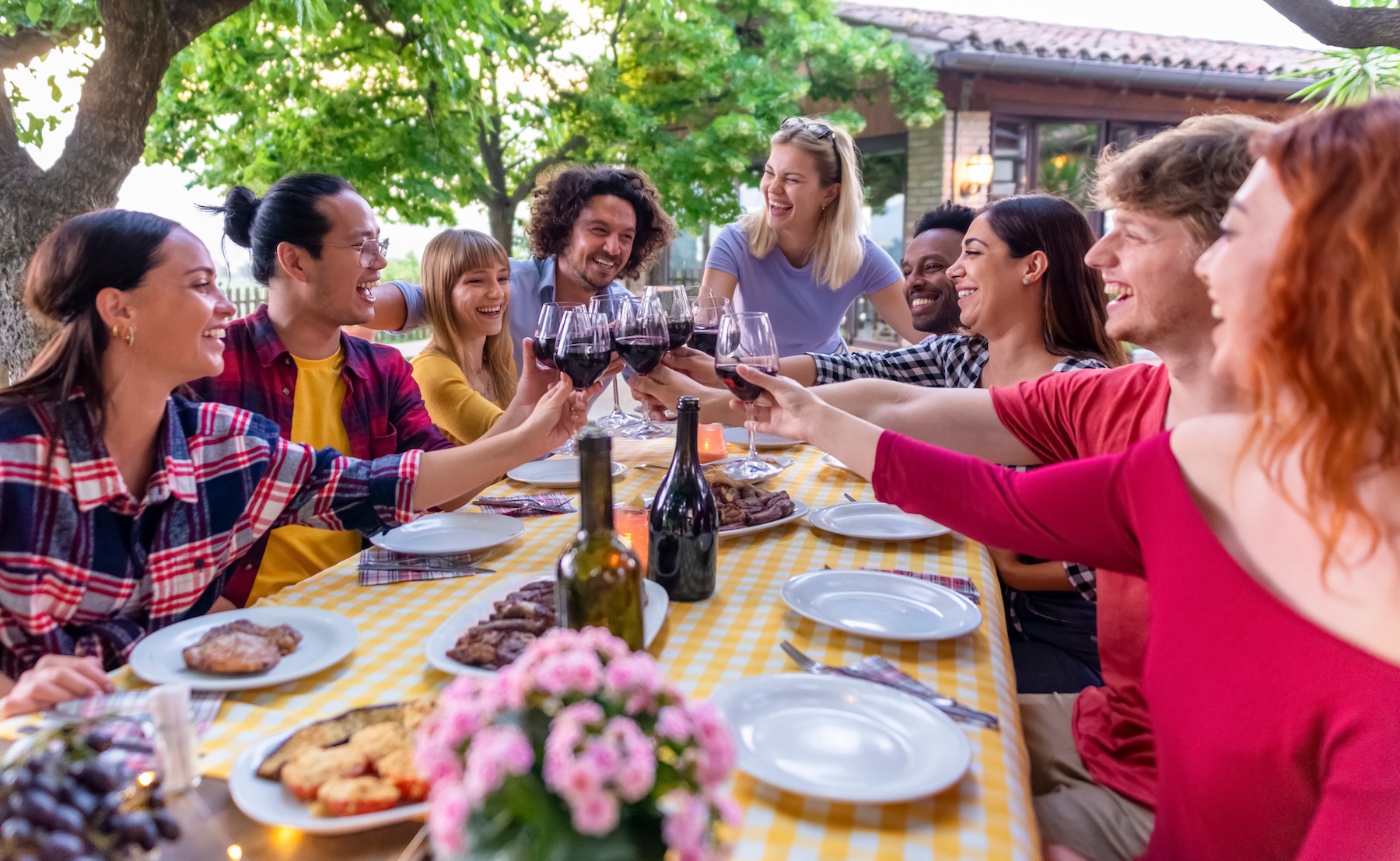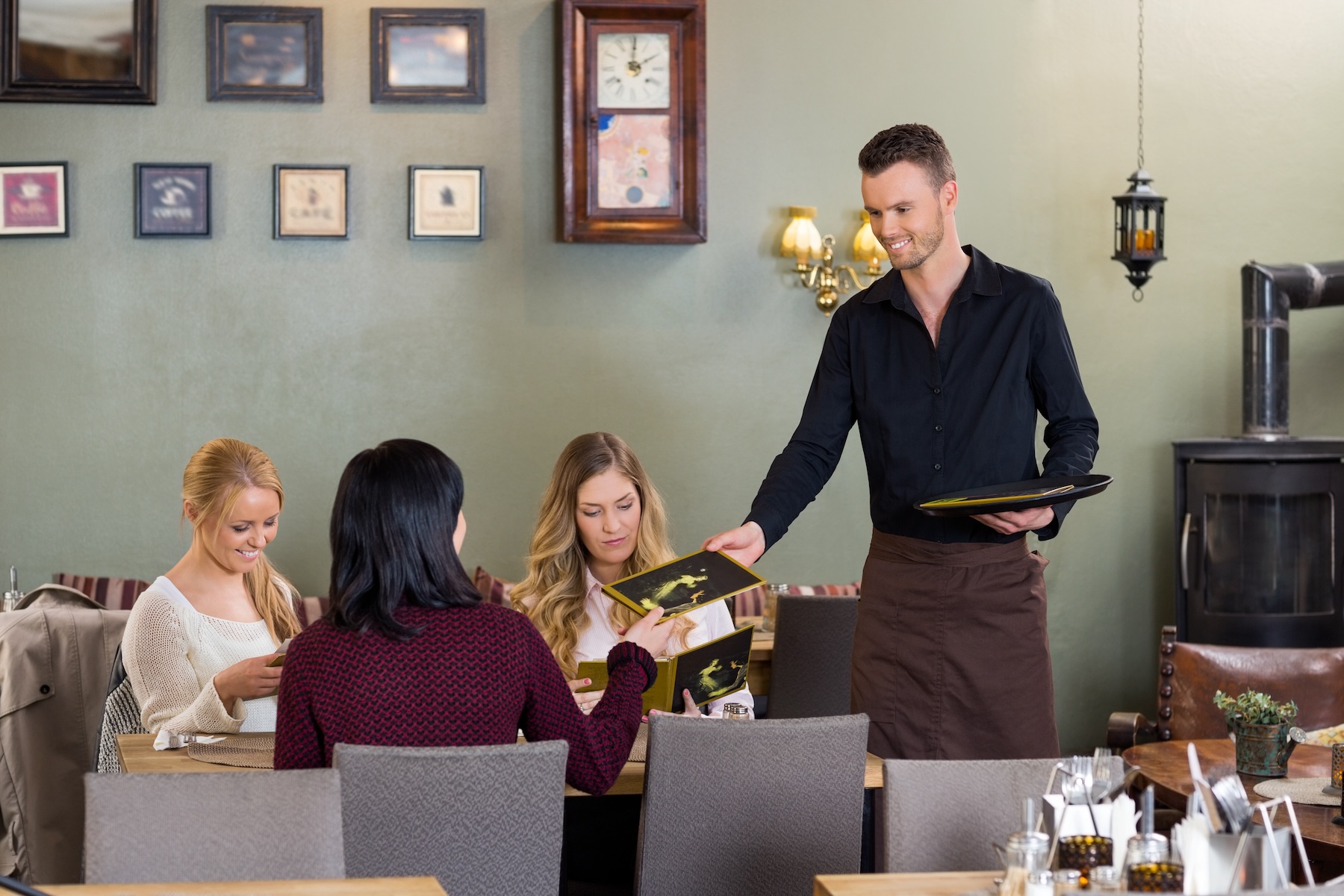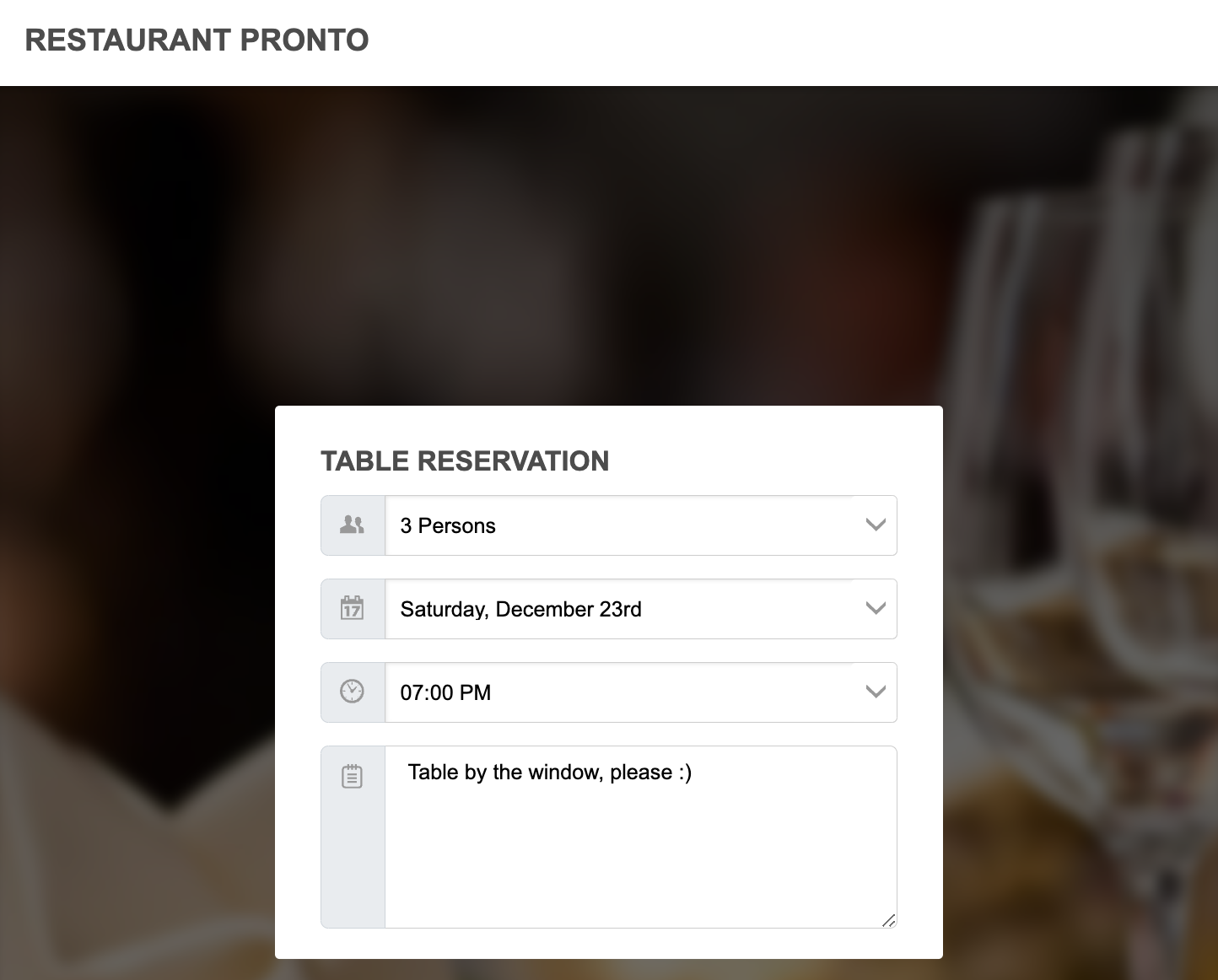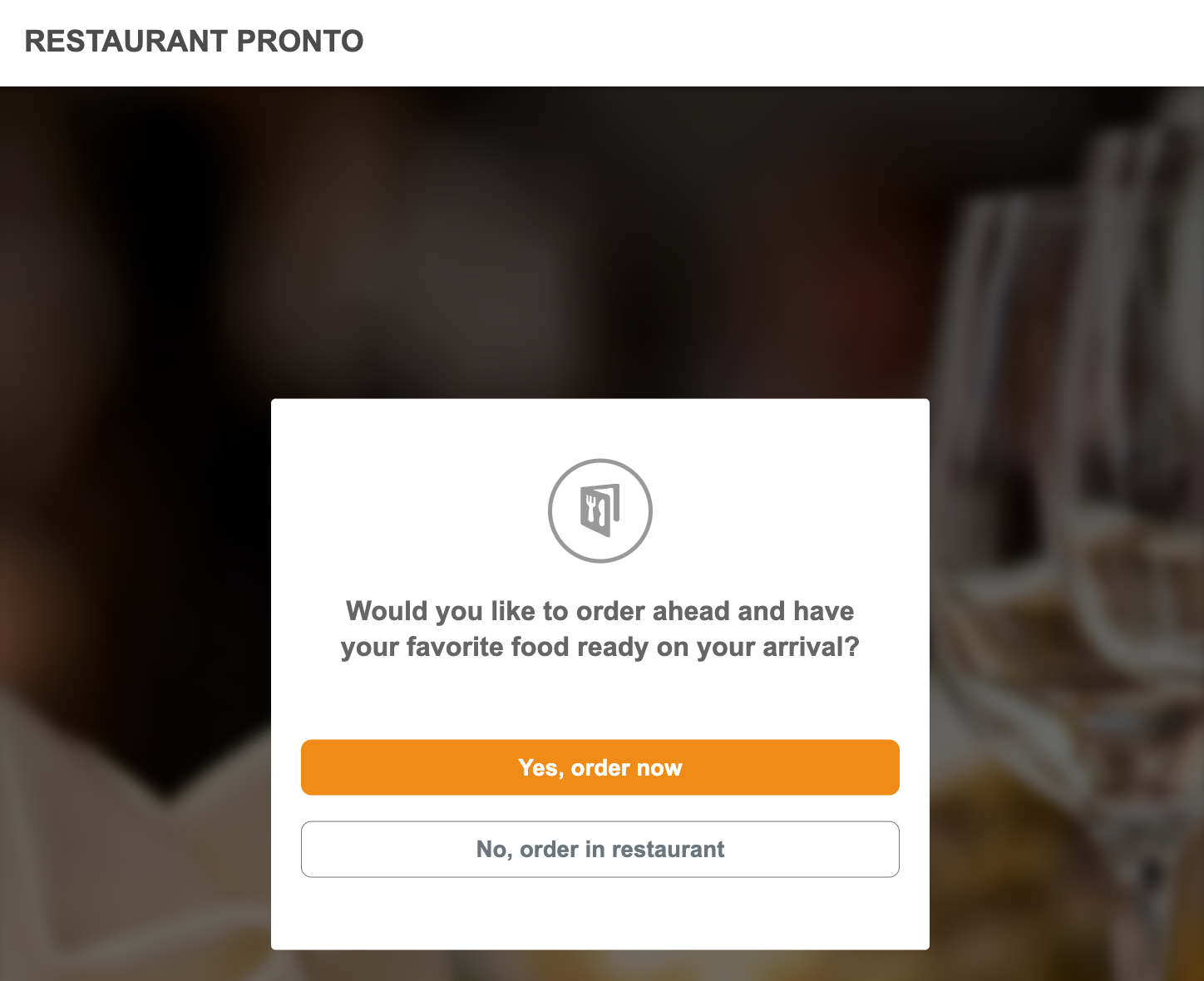Restaurant seating is more than just pulling up a chair for your customers. It’s a strategic analysis of your restaurant space and types of seating, to find ways to optimize the flow, ensure customers have a good time, and serve more guests daily.
Below, we delve into the ins and outs of a restaurant seating strategy, starting with its benefits, all the way to tips on maximizing its success.
3 Unmissable Benefits of a Restaurant Seating Strategy
1. Optimize your space
Space is crucial in a restaurant. It can make the difference between a profitable eatery and one that’s struggling to survive.
The way you arrange the seating in a restaurant allows you to make use of every bit of space at your disposal, as well as ensuring an uninterrupted flow between the kitchen, wait staff, and customers.
2. Serve more customers daily
Ultimately, your goal as a restaurateur is to serve as many people as possible on a daily basis. Smart restaurant seating can help you with that.
The more tables you have and the quicker the table turnover time, the more customers will step through your doors every day.
3. Deliver excellent customer service
Restaurant customer service is not limited to the quality of the food. While the food might be the star, the ambiance is also a key player.
And that includes seating, from the comfort of the best tables and chairs to how the tables are positioned, how accessible they are, and how open you are to accommodating customers’ preferences.
5 Key Factors to Consider When Devising a Restaurant Seating Arrangement
1. Space
The first thing you need to consider when creating a small restaurant seating layout is the space you have available.
Usually, you should allocate no more than 70% of the space to the dining area. The rest should go to the kitchen, bathrooms, storage, etc.
To keep guests comfortable and ensure your staff can move freely between the kitchen and the tables, as well as in between server stations or to the bar, allocate about 20 square feet per seat.
Let’s take an example: a 2,000-square-foot restaurant should have a dining area of about 1,400 square feet, which means about 70 seats.
Of course, this is an ideal situation where you can afford to leave 20 square feet per seat. Since not all restaurants have this amount of space at their disposal, you’re going to need creative ways of maximizing the space you have, which we’ll get into below.
2. Table size
Your guests’ comfort relies not only on the amount of space their seat occupies but also on how much space they can occupy at the table.
Aim to give each customer at least 300 square inches of space, including plating, glassware, and utensils.
For example, a 53-inch by 60-inch table offers 3,180 square inches of space, which should comfortably seat about 10 guests.
3. Seasonality
Restaurant seasonality also affects your restaurant seating system. If you have a patio, you automatically serve more customers in the summer.
But don’t put away those chairs yet even if patio season is over. Consider investing in patio covers and heaters that will enable you to keep serving customers outside even in the winter.
4. Accessibility
Make your restaurant accessible to a wider audience by making sure everyone can easily dine with you, including customers with disabilities.
Avoid locations that require using stairs or if that’s not possible, consider installing ramps so everyone can enter the restaurant without issues.
Leaving enough room at and in between tables so that people with wheelchairs can comfortably sit and move around will also improve accessibility.
5. Preferences
Last but not least, when devising a restaurant seating strategy, it’s vital to be willing and able to accommodate customer preferences.
For example, customers hunting the best restaurant tables might request a table by the window, or maybe a table that has a special significance for them when celebrating an anniversary or an event.
Try your best to seat customers wherever they want and they will keep coming back for more.
5 Main Types of Seating in a Restaurant
1. Open table seating
Among the many different types of restaurant seating, open tables are the most common, and for good reason. You can easily move them around and rearrange them to fit different party sizes.
2. Booth seating
While not as flexible as open table seating, booths provide a more intimate, casual dining experience. They are also more comfortable for customers to sit in, which might encourage them to spend more time at your restaurant.
3. Bench seating
Typically an outdoor type of seating, but not only, benches are great for large groups that want to sit together. However, having only benches at your restaurant can discourage couples or singles from coming in. Plus, this is also detrimental to you if only one person occupies an entire bench.
4. Counter seating
A type of seating that will encourage people who dine alone or want to grab a quick meal is counter seating. Whether at the bar or near the kitchen, they are perfect for walk-ins.
5. Communal seating
Communal seating is one of those types of restaurant seating arrangement that has increased in popularity lately. Customers who want to interact with other patrons enjoy a larger table that accommodates many people.
5 Tips for Devising a Powerful Restaurant Seating Strategy
1. Optimize table turnover with a QR code menu
If you don’t have a lot of space to work with, you need to focus your attention elsewhere, namely on increasing the table turnover rate (the amount of time a party occupies a table).
One of the best and easiest ways to do that is to implement a QR code menu with ordering capabilities. This will enable clients to use their smartphones to scan the code, browse the menu, choose their dishes, and even pay for the order.
This helps you save precious time going back and forth bringing the menus, taking the order, and bringing the check.
Customers can order their meals without even interacting with a server, and you can get ready for the next party quicker.
Follow these steps to switch to a QR code dine-in menu for free:

2. Enable table reservations and food pre-orders
Something else you can do to optimize your restaurant seating strategy and prepare for the day in advance is to enable customers to book a table online and pre-order their food.
That way, you will know which tables are available for walk-ins and be able to better organize your time and staff.
The food pre-order feature can also help with faster table turnover by ensuring the food is ready when the customer arrives.
Check out this guide to learn how to accept table reservations and food pre-orders on your website for free.
3. Remind customers of their reservations
To make sure customers don’t forget about their reservation, send them an email reminder at least an hour before the reservation time.
This will minimize the chance of no-shows, saving you from having kept a table free for nothing when you could have made it available for walk-ins.
4. Don’t ignore walk-ins
Speaking of walk-ins, they will still represent a huge chunk of your daily sales, so don’t rely solely on table reservations.
Some people still like to walk around and enter the first restaurant that draws their attention. That’s how they discover hidden gems and that’s how you can get a new customer for life.
Find creative ways of increasing foot traffic such as displaying a menu and promotions board in front of the restaurant or providing exclusive discounts for walk-ins.
5. Put yourself in your customers’ shoes
What we mean by that is literally taking a seat at every table and ensuring it provides a smooth dining experience for your future customers.
Do they have enough space to move around? Is there a clear path from the server station to the table? Can the customer easily navigate the restaurant on their way to the bar or bathroom?
When devising a restaurant seating strategy, consider a mix of the seating options we presented above. Open table seating will attract large groups, while booths will entice customers to spend more time at your restaurant. A mix of those two and others will help you cater to a more varied audience.
That’s a Wrap
Seating plays a critical role in the restaurant industry. It is a key factor in customer satisfaction and profitability alike. With the help of a comprehensive restaurant seating strategy and affordable technology such as table reservation software, you can make the most of your space for a continuous customer flow.
